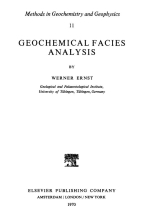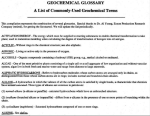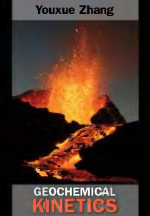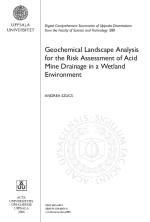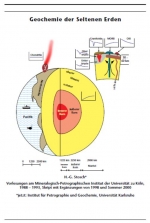Since most of the elements used by the society come from mineral extrac-tion, mining of mineral resources provide essential raw material for sustain-able development. Mining however leads to severe impact on the environ-ment, including contamination by toxic metals. A recent Europe-wide survey identified wide-spread pollution problems caused by mining, abandoned mines in particular (COM, 2003). Younger et al. (2002) estimated that about 1,000 to 1,500 km of watercourses are polluted by metal mine discharges in the EU. Through mineral extraction and subsequent mineral processing huge amount of wastes are produced. Metals and metal compounds in wastes tend to become chemically more available, which can result in the generation of acid mine drainage (AMD). Due to great volumes and slow chemical proc-esses, mine waste can release toxic compound for a very long time on the scale of centuries and thousands of years (BAT, 2003). Thus, remediation of mine sites, including abandoned mines, has to consider long-term solutions and remediation technologies have to be sustainable for a long time (Sind-ing, 1999). As an alternative, passive in situ remediation methods for AMD treatment using wetlands that provide means of cheap and sustainable reme-diation has been proposed (PIRAMID, 2003). Around the mine site, soils and surface water in the receiving environment are often contaminated with harmful elements or compounds of AMD. These contaminated sites act as secondary sources for pollution, especially for historic sites (Jordan and D‟Alessandro, 2004). <...>



